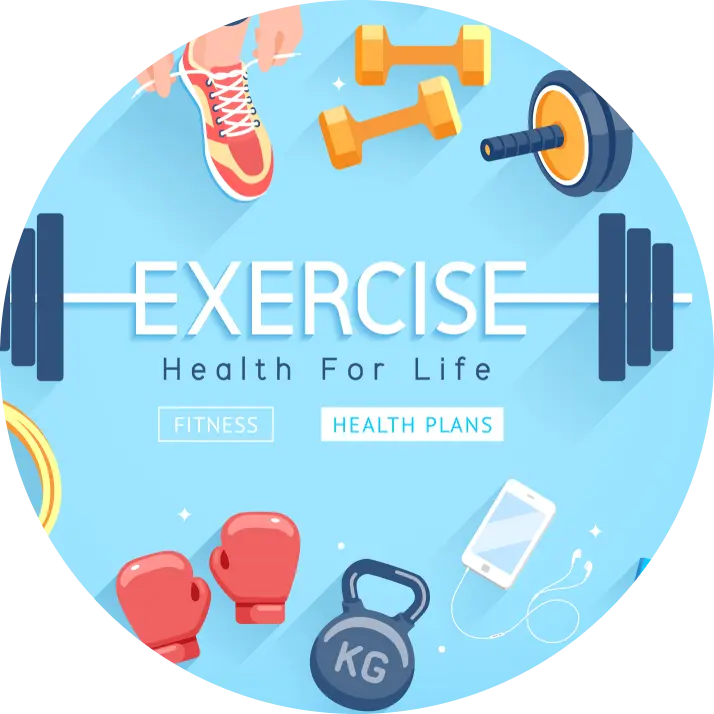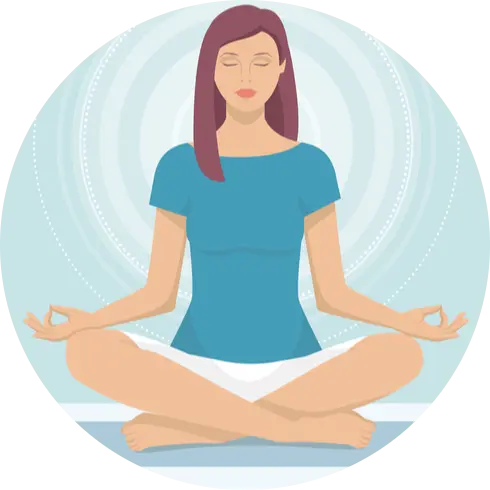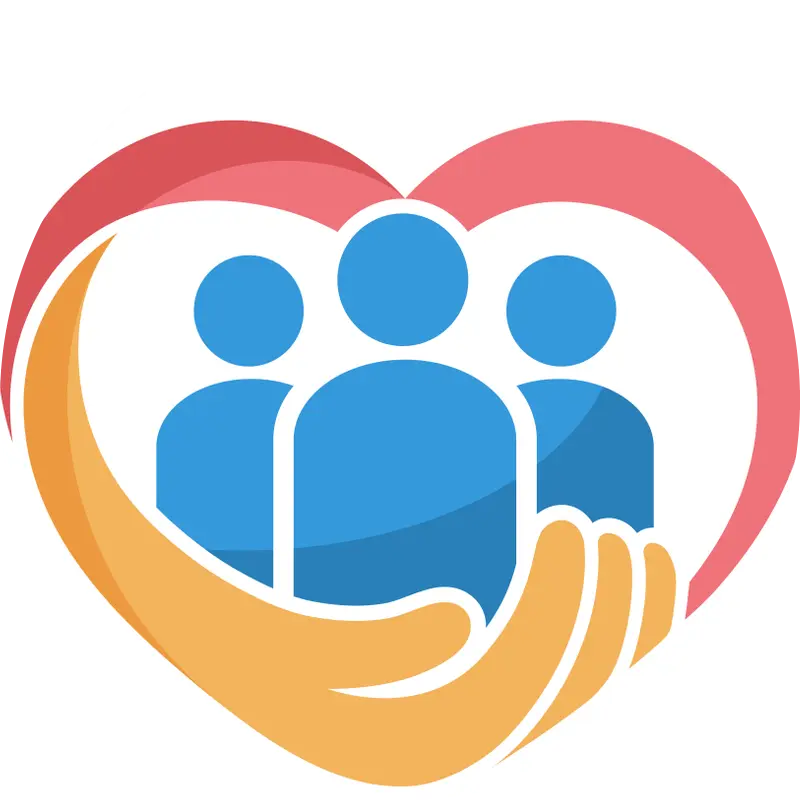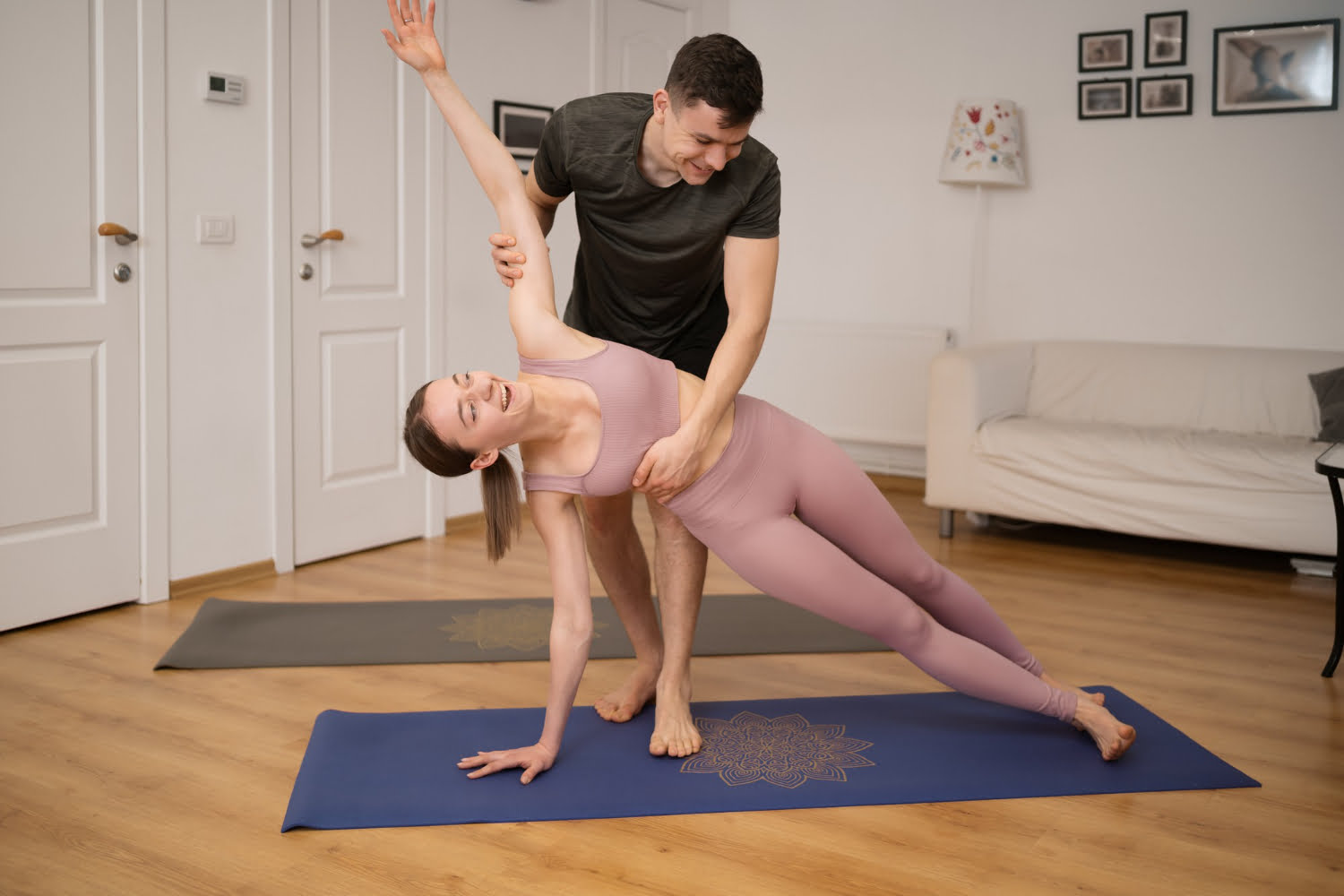Embarking on a journey of wellness through yoga brings not only physical but also mental and emotional benefits. Among the myriad yoga practices, assisted yoga poses stand out for their ability to deepen stretches, enhance alignment, and provide support to practitioners of all levels. In this comprehensive guide, we will delve into the world of assisted yoga poses, exploring their benefits, techniques, common mistakes, and precautions to ensure a safe and fulfilling practice.
Benefits of Assisted Yoga Poses.
Assisted yoga poses offer a plethora of benefits that extend beyond those of traditional yoga practice. By incorporating the assistance of props or a partner, practitioners can experience deeper stretches, improved alignment, and enhanced relaxation. These poses also facilitate greater accessibility for individuals with limited mobility or injuries, making yoga more inclusive and adaptable to diverse needs.
Expert Insight.
To gain further insight into the benefits of assisted yoga poses, we spoke with Dr. Maya Patel, a certified yoga instructor with over a decade of experience. According to Dr. Patel, “Assisted yoga poses provide invaluable support for practitioners to explore their edge safely, deepen their practice, and cultivate a deeper mind-body connection.”
Techniques for Assisted Yoga Poses.
1. Supported Downward Facing Dog.
– Begin on all fours with hands shoulder-width apart and knees hip-width apart.
– Place a bolster or stack of blankets under the hands and gently press back, lengthening the spine.
– Keep a slight bend in the knees to release tension in the hamstrings.
– Breathe deeply and hold for 5-10 breaths.
Common Mistakes.
– Arching the lower back excessively
– Locking the elbows
– Holding the breath
Precautions.
– Avoid if experiencing wrist or shoulder injuries
– Modify by using a chair for additional support
2. Partner Seated Forward Fold.
– Sit facing your partner with legs extended and feet touching.
– Hold hands or grab onto each other’s forearms.
– Inhale to lengthen the spine, then exhale to fold forward from the hips.
– Keep the spine long and the shoulders relaxed.
– Hold for 5-10 breaths, then gently release.
Common Mistakes.
– Rounding the back
– Straining the neck
– Overstretching beyond your edge
Precautions.
– Communicate with your partner to ensure comfort and safety
– Avoid if either partner has lower back or hamstring injuries
3. Wall-Assisted Shoulder Opener.
– Stand facing a wall with feet hip-width apart.
– Place hands on the wall at shoulder height, slightly wider than shoulder-width apart.
– Walk the feet back and lower the chest toward the ground, keeping the arms straight.
– Press the chest toward the ground while keeping the shoulders away from the ears.
– Hold for 5-10 breaths, then slowly come out of the pose.
Common Mistakes.
– Shrugging the shoulders
– Overarching the lower back
– Forcing the chest too close to the wall
Precautions.
– Avoid if experiencing shoulder or neck injuries
– Use a folded blanket under the wrists for support
Expert Insight.
We also spoke with Sarah Johnson, a seasoned yoga therapist specializing in therapeutic applications of yoga. According to Sarah, “Assisted yoga poses provide an opportunity for individuals to experience the benefits of yoga in a supportive and nurturing environment, fostering a sense of trust and connection.”
Scientific Evidence.
Numerous studies have demonstrated the efficacy of yoga, including assisted yoga poses, in improving physical health, reducing stress, and enhancing overall well-being. Research published in the Journal of Alternative and Complementary Medicine found that yoga interventions, including assisted poses, led to significant improvements in flexibility, balance, and mood.
Frequently Asked Questions.
Assisted yoga poses are beneficial for practitioners of all levels, including beginners and those with limited mobility or injuries.
While some poses may require a partner, many can be practiced using props such as blocks, bolsters, or straps.
Individuals with certain injuries or medical conditions should consult with a healthcare professional before practicing assisted yoga poses to ensure safety and suitability.
Bottom Line.
As we conclude our exploration of assisted yoga poses, it becomes evident that these practices offer a gateway to enhanced physical, mental, and emotional well-being. By incorporating the techniques, precautions, and expert insights provided in this guide, practitioners can embark on a journey of self-discovery and transformation through the transformative power of yoga. Whether practiced solo or with a partner, assisted yoga poses hold the potential to uplift and inspire individuals on their path to holistic wellness.

 Workout
Workout
 Meditation
Meditation





 Contact Us
Contact Us





